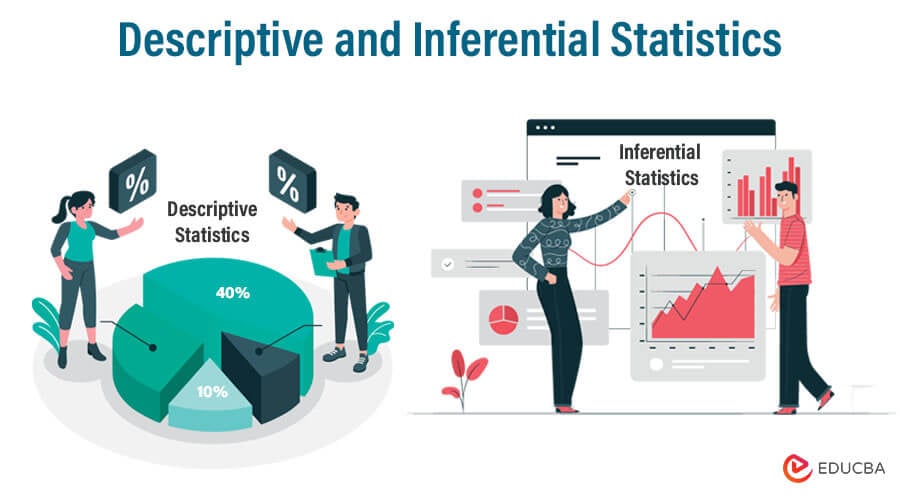
Descriptive statistics and inferential statistics are two main branches of statistical analysis that serve different purposes in the field of data analysis.
Definition: Descriptive statistics involves the use of numerical and graphical methods to summarize and present the main features of a dataset. It is concerned with providing a clear and concise summary of the main characteristics of the data, such as central tendency, variability, and distribution.
Key Concepts and Techniques:
Measures of Central Tendency:
Measures of Dispersion:
Frequency Distributions:
Summary Statistics:
Data Visualization:
Purpose: Descriptive statistics are used to organize and summarize the main features of a dataset. They are the foundation for understanding and interpreting data but do not involve drawing conclusions beyond the data at hand.
Definition: Inferential statistics involves making inferences and predictions about a population based on a sample of data taken from that population. It uses probability theory to draw conclusions about the characteristics of a population from a subset of that population.
Key Concepts and Techniques:
Hypothesis Testing:
Confidence Intervals:
Regression Analysis:
Analysis of Variance (ANOVA):
Probability Distributions:
Purpose: Inferential statistics extend beyond the observed data and allow researchers to make predictions, test hypotheses, and draw conclusions about populations. It involves generalizing from a sample to a larger population while acknowledging the inherent uncertainty involved in such extrapolation.
In summary, descriptive statistics are used to summarize and describe the main features of a dataset, while inferential statistics are employed to make predictions and draw conclusions about populations based on sample data. Both branches of statistics are crucial for a comprehensive understanding of data and for making informed decisions in various fields, including science, business, and social sciences.
Thank you,